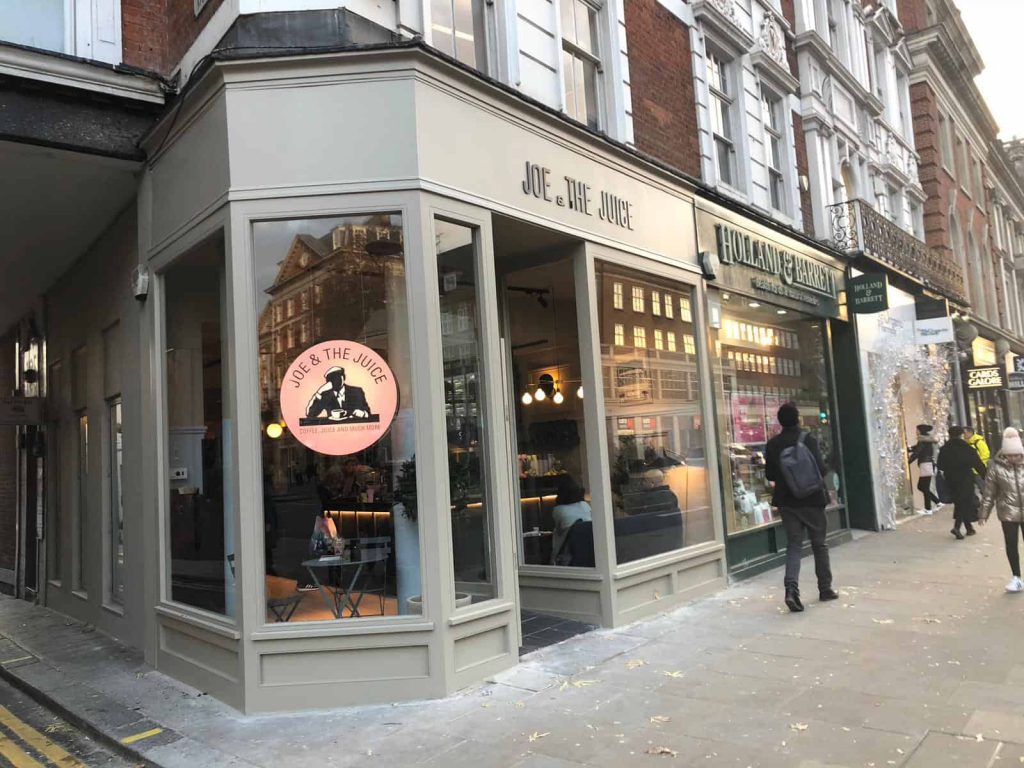The exterior of a store plays a crucial role in attracting customers and setting the right impression. Among the many materials available, timber shop fronts remain a timeless and elegant choice. They offer a perfect blend of natural aesthetics, durability, and sustainability, making them a top preference for businesses aiming to create a warm, inviting storefront.
But why should you choose timber over other materials like aluminum or glass? How can you ensure longevity and proper maintenance of your wooden shopfront? In this article, we’ll explore everything you need to know about timber shop fronts—from their benefits to maintenance and modern design trends.
Why Choose Timber Shop Fronts?
Timber is one of the most sought-after materials for shopfronts due to its many advantages. Here are some compelling reasons why businesses opt for wooden storefronts:
1. Aesthetic Appeal
Wood has a natural charm that adds sophistication and warmth to any commercial space. Unlike metal or glass, timber shop fronts create an inviting atmosphere, making your store more approachable.
2. Customization Options
One of the biggest advantages of timber is its versatility. It can be carved, painted, stained, or treated to match different styles—be it modern, rustic, or classic.
3. Eco-Friendly Choice
Sustainability is a growing concern for businesses. Timber shop fronts, when sourced from responsibly managed forests, are an eco-friendly alternative to synthetic materials. Many companies opt for FSC-certified (Forest Stewardship Council) wood to ensure ethical sourcing.
4. Energy Efficiency
Wood acts as a natural insulator, helping regulate indoor temperatures. This means businesses can reduce energy costs, as timber prevents excessive heat loss during winter and keeps interiors cool in summer.
5. Durability & Strength
Hardwood varieties such as oak, teak, and mahogany are incredibly strong and long-lasting. With proper treatment and maintenance, a timber shop front can withstand harsh weather conditions and last for decades.
Types of Timber Used for Shop Fronts
Not all wood types are suitable for shopfronts. Choosing the right timber ensures longevity and better resistance to environmental factors.
1. Oak
- Highly durable and strong
- Beautiful grain patterns
- Naturally resistant to moisture
2. Mahogany
- Rich, deep color for a premium look
- Resistant to rot and insects
- Low maintenance
3. Teak
- High oil content, making it weather-resistant
- Perfect for outdoor exposure
- Requires minimal treatment
4. Cedar
- Lightweight yet strong
- Naturally repels insects
- Great for a rustic look
Design Trends in Timber Shop Fronts
1. Classic Georgian & Victorian Style
Many businesses, especially in historic districts, opt for timber shop fronts inspired by Georgian and Victorian architecture. These designs feature elegant moldings, large glass panels, and intricate detailing.
2. Minimalist & Modern Wooden Shopfronts
A sleek, minimalist look with clean lines and natural wood finishes is becoming increasingly popular. Businesses looking for a contemporary aesthetic often choose stained timber with large glass panes.
3. Reclaimed Wood Shopfronts
Using reclaimed wood is not just an eco-friendly practice but also adds a unique character to the shopfront. The aged textures and patina create a vintage appeal that attracts attention.
4. Mixed Material Fronts
Combining timber with metal or glass elements creates a stunning contrast. For example, a timber frame with steel accents or large glass inserts gives a modern yet classic feel.
How to Maintain Timber Shop Fronts
While timber shop fronts are durable, proper maintenance ensures they remain in top condition for years. Here’s how you can care for your wooden storefront:
1. Regular Cleaning
Dust and grime can accumulate over time, dulling the wood’s natural beauty. Use a damp cloth and mild detergent to clean the surface weekly.
2. Sealing & Varnishing
Applying a high-quality sealant or varnish protects timber from moisture, UV rays, and pests. It’s recommended to reseal the wood every few years.
3. Repairing Cracks & Chips
Small cracks can develop due to weather exposure. Filling them with wood filler and repainting ensures your shopfront remains structurally sound.
4. Protecting Against Moisture
Excessive moisture can lead to rot and warping. Ensure proper drainage around the storefront and consider using water-resistant coatings.
Cost of Timber Shop Fronts
The price of a timber shop front depends on various factors, including the type of wood, design complexity, and additional features like glass panels or custom carvings.
| Timber Type | Average Cost (Per Square Foot) |
|---|---|
| Oak | $120 – $180 |
| Mahogany | $150 – $220 |
| Teak | $170 – $250 |
| Cedar | $100 – $160 |
Besides material costs, installation and finishing charges should also be considered. While timber shopfronts might be more expensive than aluminum or UPVC options, their long-lasting appeal and durability make them a worthy investment.
Conclusion
Timber shop fronts are an excellent investment for any business looking to create a stylish, durable, and environmentally friendly storefront. With a range of customization options, sustainable benefits, and timeless appeal, they offer both aesthetic and functional advantages.

